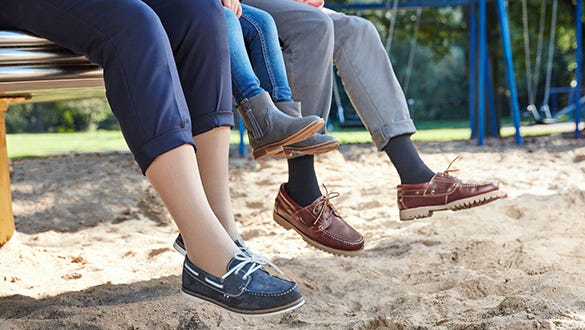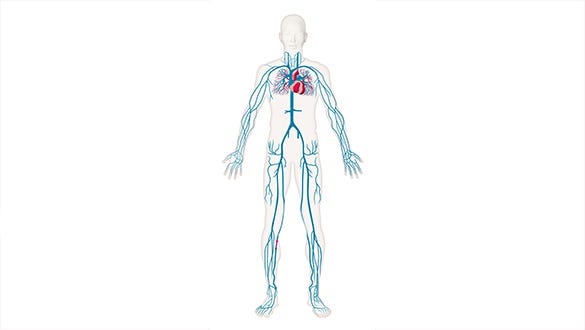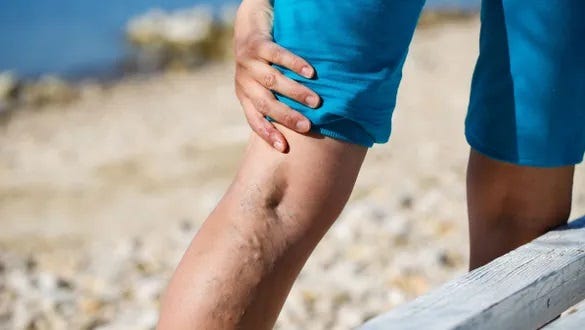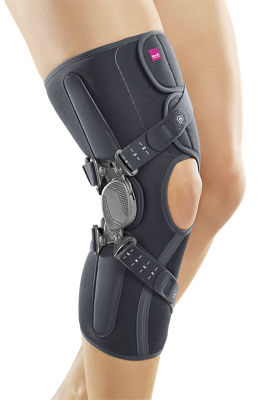- Free First Class Delivery
- Buyer Protection
- Secure Online Shopping
- Healthcare Professional? Click here
Vein stripping


Categories
The affected veins in the superficial venous system are pulled out through small incisions in the skin (stripped). This procedure is also known as "Babcock's procedure" or "Babcock's stripping". The American doctor Babcock described the method for the first time in 1907. This classic method is used to remove the affected segments of the worst affected long saphenous vein that runs from the ankle up to the inguinal fold.
Before vein stripping
The saphenous vein can only be removed, if the deep venous system is healthy. This is first checked by an ultrasound examination (Doppler ultrasonography), sometimes also with contrast medium X-rays (phlebography). Several days before the procedure, patients should not drink any alcohol or take medicines that delay blood clotting. These include most painkillers.
How varicose veins are stripped
The procedure is carried out under local anaesthetic or under general anaesthesia.
Step 1
The saphenous vein is first exposed with a small incision in the groin.
Step 2
Then tributaries are sealed and the large vein itself is tied off.
Step 3
The doctor makes the second incision below the affected segment of the vein. If the whole saphenous vein is affected by varicose vein disease, the vein is exposed slightly above the medial malleolus (ankle bone) and also tied off.
Step 4
A thin, flexible probe, the so-called Babcock probe or vein stripper, is usually advanced up the saphenous vein to the groin.
Step 5
The diseased segment is then pulled out of the vein with the aid of the probe.
After the procedure, the incisions are closed and a compression dressing wrapped tightly around the leg. Anti-embolism garments, such as mediven struva.
After vein stripping
After the procedure, patients must wearing compression stockings for at least three months. They should also avoid long periods of standing or sitting. During a series of follow-up examinations, the doctor checks the course of healing and the treatment outcome. Vein stripping is considered a very safe method for treating varicose veins. Possible side effects of the procedure, which usually disappear after a short time or can be prevented by compression stockings, might be:
- Bruising
- Swelling
- A feeling of tension or pressure in the legs
- Sensory disorders
- Pooling of lymph fluid
Complications are rarer, they may include
- Severe pain
- Wound healing disorders
- Infections
- Thrombosis
Venous insufficiency itself cannot be cured by surgery for varicose veins. Therefore, patients should continue to wear their compression garments every day after successful vein surgery to prevent the onset of new varicose veins and enjoy the outcome of the operation for years to come.


















